The intriguing story of the "Portrait of Adele Bloch-Bauer I": Part Three
Today, the conclusion to the story of who rightly owned the Portrait of Adele Bloch-Bauer I and other paintings by Gustav Klimt sold to The Belvedere Gallery in Vienna by the Nazis. Please read the account to date by checking out The intriguing story of the "Portrait of Adele Bloch-Bauer I": Part One and The intriguing story of the "Portrait of Adele Bloch-Bauer I": Part Two.
The Austrian Belvedere Gallery claimed that they owned the Klimt paintings as they had purchased them from Dr Erich Fuhrer (who was acting on behalf of the Nazis) and furthermore Adele had said in her Will that she wanted the gallery to have the paintings.
We are talking about six very famous paintings which originally belonged to Adele Bloch-Bauer and her husband Ferdinand, and were taken, on behalf of the Nazis by a Dr Fuhrer, from Adele's husband's estate as part of a tax evasion charge. As none of the top Nazis, such Hitler or Göring, wanted Klimt paintings as they thought Klimt's works decadent, the Bloch-Bauer Klimt paintings were sold to The Beveldere gallery in Vienna.
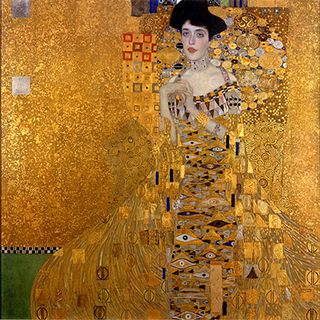
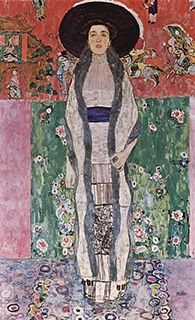
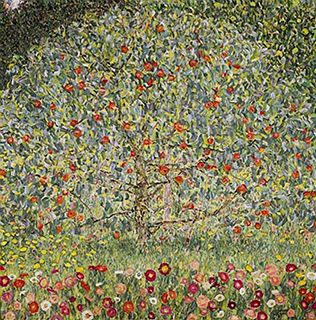
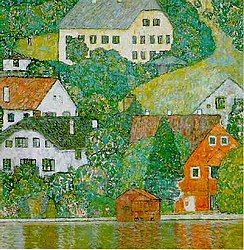
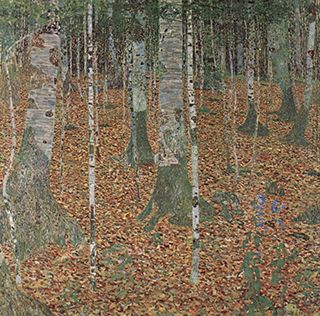

After the death of Adele's husband Ferdinand the paintings were left in his Will to niece Maria Altman, her sister Luise Gutmann and brother Robert Bentley (Bloch-Bauer). The Austrian Government resisted all attempts by Maria to get the paintings until in 1999 she engaged a young lawyer Eric Randol (Randy) Schoenberg (below) who at first tried to negotiate with the Austrian Government and also to sue them through the Austrian court system which turned out to be prohibitively expensive. And so Randy decided to investigate the possibility of suing the Austrian Government through the American courts.
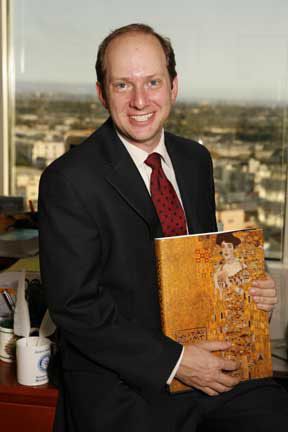
Randy began fighting the case in Los Angeles, his and Maria's home town, and he got to work making sure that the world knew about the injustices that had been inflicted on the Bloch-Bauer family. One of the papers he turned to was the Los Angeles Times. 2.
In December 2001 Anne-Marie O'Connor from the Los Angeles Times wrote a thorough and delightfully entertaining article on the case which is well worth reading. Please follow this link to Whose Art Is It Anyway? by Anne-Marie O'Connor which details an in-depth analysis of the painting, Klimt, the Bloch-Bauer and the social behaviour of the time when Gustav Klimt and Adele Bloch-Bauer were friends.
In 2012 Anne-Marie O'Connor published a book The Lady in Gold: The Extraordinary Tale of Gustav Klimt's Masterpiece, Portrait of Adele Bloch-Bauer and it is available as an audio book from Left Bank Books.

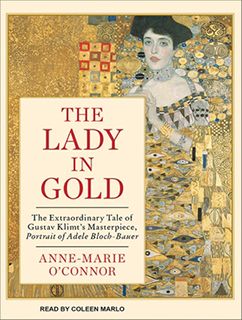
But back to the young Randy and what his brilliant legal mind was up to.
Based on the fact that the Austrian Government had made money in America from the Klimt paintings through the sale of books and posters, Randy thought that he had a chance to sue them in his and Maria's home town of Los Angeles. 8
In August 2000 Randy filed a complaint in the Los Angeles court for a few hundred dollars and as Randy says: People thought it was a Quixotic effort - that I was tilting at windmills!...most people thought I was a little bit crazy! 8
Randy goes on the say: But when I won in the District Courts people started taking a little bit more notice (but thought)...it will get rejected on appeal..but when I won in the Court of Appeal then people really started to pay attention to the case.8
Six years after taking on the case Randy's determination took him before the Judges of the Supreme Court of America in Washington D.C.. The Austrian Government had the resources to fight the case all the way to the highest court in America. 8
Very few cases get to be heard at the Supreme Court level and the fact that Maria's case was a private case made it even more unusual.
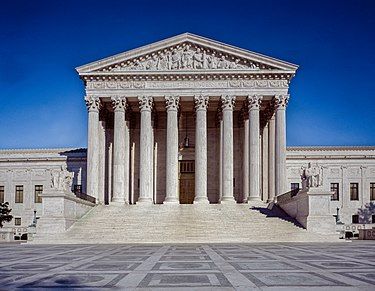
As if Randy and Maria didn't have enough to contend with by fighting the Austrian Government, they found that other Governments, including the Bush Government in the USA, also wrote legal briefs in support of the Austrian Government's opinion that the case should not go ahead in an American court. Other countries were fearful of having a similar case over 50 years old being brought against them in a foreign court. 8
On 25 February 2004 Randy took on the Austrian Government, and his own government, before the Supreme Court of America.
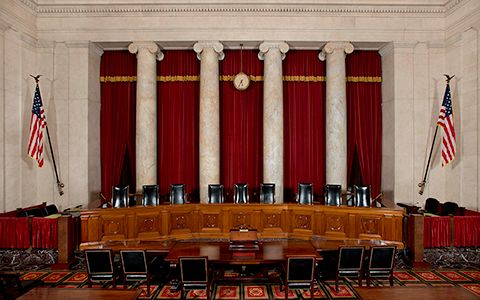
Randy's appearance in the court went well as he got a symapthetic hearing and three months later in the Fall of 2004 Randy Schoenberg learned that he had won the right to sue the Austrian Government in Los Angeles. 8
The Supreme Court case had brought much publicity which from all accounts made the Austrian Government feel rather uncomfortable as they were trying to throw off the mantle of their Nazi past.
Randy was also faced with the fact that his client Maria was now 89 years old! Should he risk a lengthy court case? If Maria died the case was over as there were no other relatives living in the United States who could continue the case.8
In the end Maria Altmann and the Austrian Government agreed to binding arbitration by a panel of three Austrian judges.1 There was so much a stake as Maria's Klimts were worth over US$100 million! Randy went to Austria to present their case and once more used the media skillfully to get his arguments and evidence out into the public areana. 8
On 16 January 2006, the arbitration panel ruled that Austria was legally required to return the art to Altmann and the other family heirs. The paintings were estimated to be collectively worth at least $150 million when returned. In monetary terms this represented the largest single return of Nazi-looted art in Austria.1
There was a national outcry from the Austrians who couldn't believe that they were to lose their Klimt paintings which were very much part of the national cultural history.
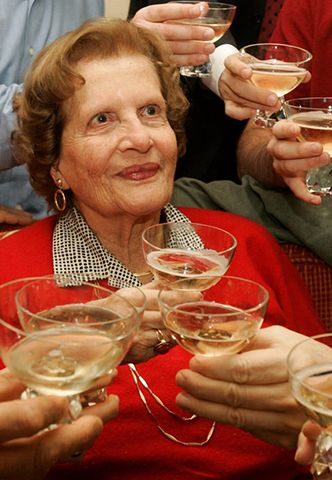
On the 24 April 2006 the paintings arrived in Los Angeles and went on display at the Los Angeles County Museum of Art for one of the most popular exhibitions ever held there.8
But Maria decided to sell the paintings.
She consigned the Klimt paintings to the auction house Christie's to be sold on behalf of her family. The painting Portrait of Adele Bloch-Bauer I (1907) was sold to cosmetics heir Ronald Lauder for $135 million, at the time the highest sum ever paid for a painting. Since July 13, 2006, the painting has been on public display in the Neue Galerie in New York City, which was established by Lauder in 2001. The four additional works by Klimt were also exhibited at the Neue Gallerie for several weeks in 2006.1
In November 2006, Adele Bloch-Bauer II (1912) was sold at auction at Christie's in New York fetching almost $88 million. In total, the four remaining paintings sold at auction for $192.7 million; coupled with the Lauder-bought painting the sum total was approximately $325 million. The proceeds were divided up among several heirs.1 Different amounts for the sales are given from different sources and we are happy to be corrected.
A share of the money earned through the sale of the paintings was used to found the Maria Altmann Family Foundation, which supports the Los Angeles Museum of the Holocaust and other public and philanthropic institutions.1
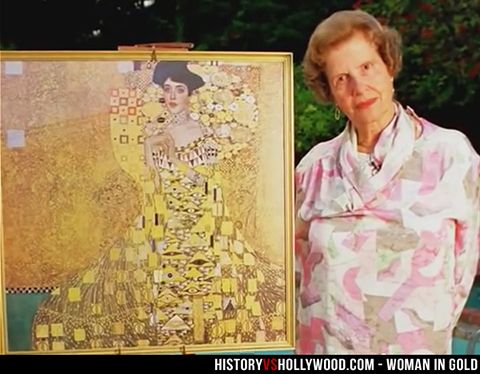
If you have the time it is well worth watching the documentary (1 hour in length) of The Lady in Gold so that you can learn about the complete story and meet the main players whom are extremely engaging.
We will give the last words to Anne-Marie O'Connor, the journalist from the Los Angeles Times who wrote about the Portrait of Adele Bloch-Bauer I back long before the court case was resolved. Anne-Marie said:
But Adele will live on. Her portrait is, perhaps, more incendiary and meaningful today than when it was painted. Frozen in Vienna’s golden moment, she has achieved her dream of immortality, more than she ever imagined.
And that is the power of art.4
Other posts in our Art Crimes series for you to catch up on or to re-visit are:
- The Gustav Klimt Mystery written before Andrew and I started on the present series.
- Looted Art
- Looting of Art during WWII: Restitution
- The First Known Art Heist
- Mystery, Intrigue and Crime Surrounds Alfred Sisley and his Beautiful Impressionist paintings: Part One
- Mystery, Intrigue and Crime Surrounds Alfred Sisley and his Beautiful Impressionist paintings: Part Two
- The World's Most Stolen Painting
- The Last Vermeers: Part One
- The last Vermeers: Part Two.
Credits
1. en.wikipedia.org
2. commons.wikimedia.org
3. bslaw.net
4. latimes.com/archives
5. In 2012 Anne-Marie O'Connor published a book The Lady in Gold: The Extraordinary Tale of Gustav Klimt's Masterpiece, Portrait of Adele Bloch-Bauer where she traces the painting's long journey from turn-of-the-century Vienna to present-day New York, exploring and contrasting the extraordinary lives of Klimt, Bloch-Bauers and Altmann (who died last February at age 94) along the way.
6. wsj.com
7. left-bank.com/
8. The Lady in Gold Documentary, A film on the recovery of the Bloch-Bauer Klimt paintings by Maria Altmann in 2006. Electric Sky, Nigel Janes Director/Producer.
9. supremecourt.gov
10.nytimes.com
11.historyvshollywood.com
Please feel free to leave comments below expressing your opinion about this most remarkable case regarding the ownership of art works. When you are thinking about the intricacies of this case do remember that as Maria said: *I wasn't prepared to donate the paintings because The Bevedere had the paintings for 68 years... and they weren't willing to negotiate. 8

